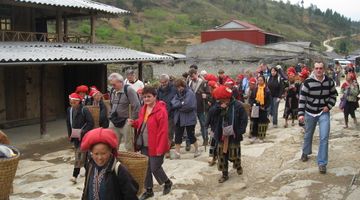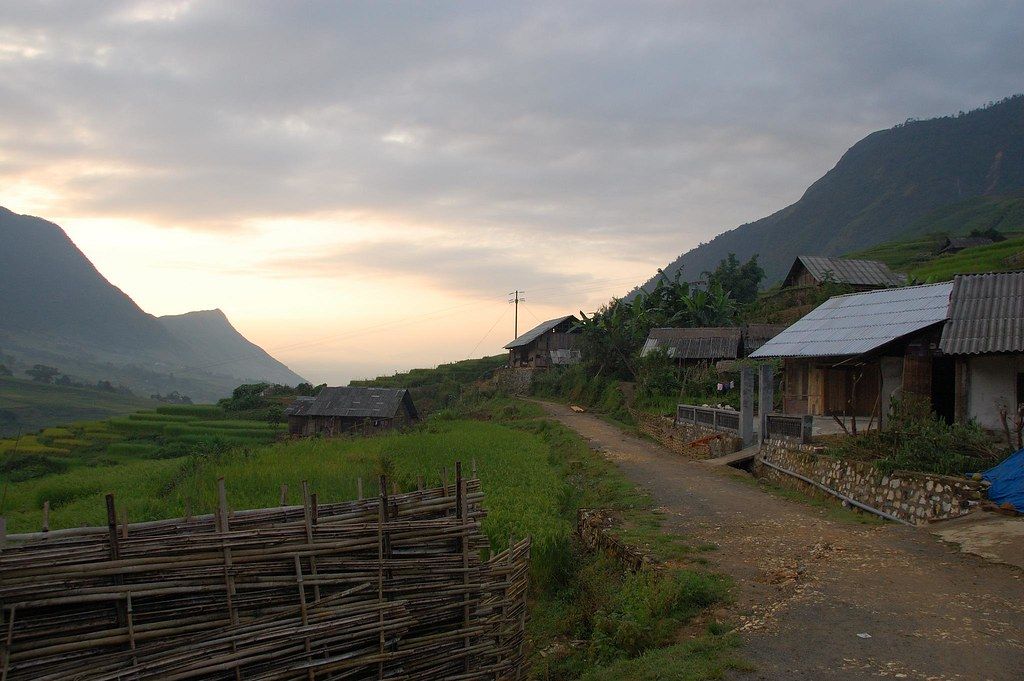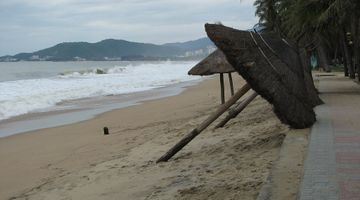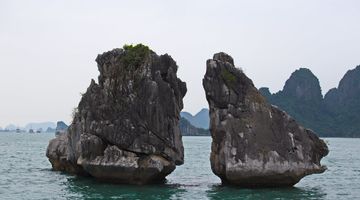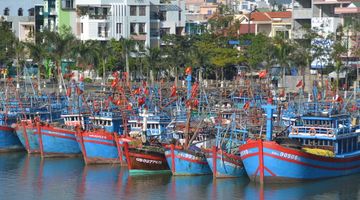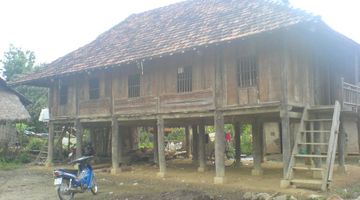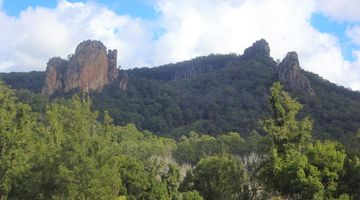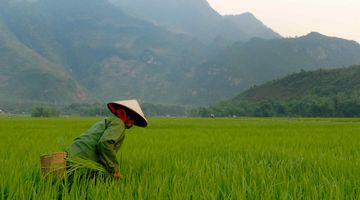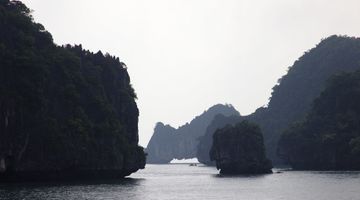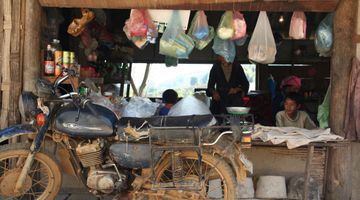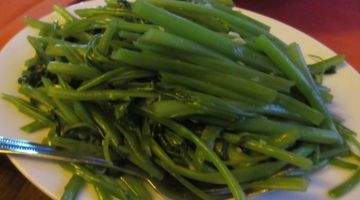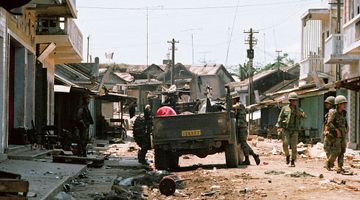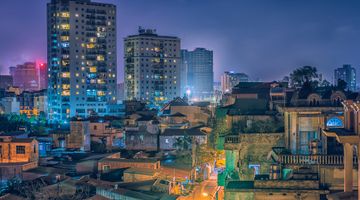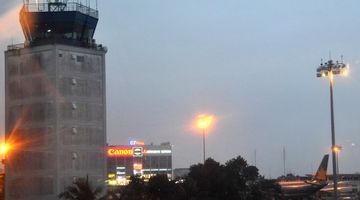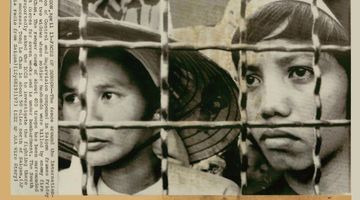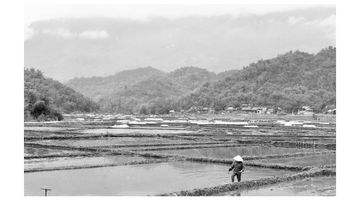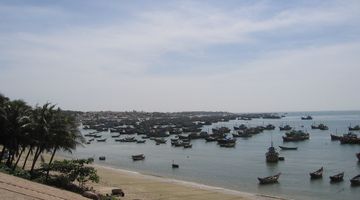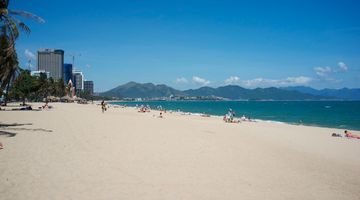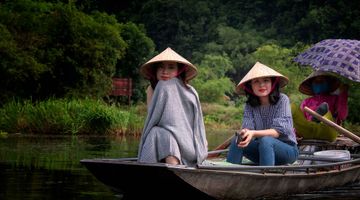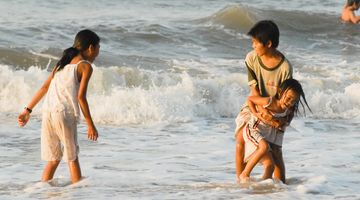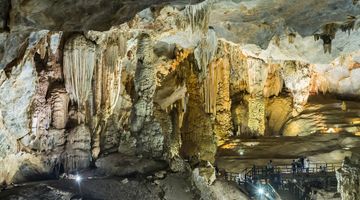Trekking and visiting local villages in Sapa
All visitors to Sapa come here to visit local hill tribes villages and do some trekking in the region. Thus trekking is big business in Sapa with almost everyone in the town somehow being involved in the industry, whether they're a guide themselves or able to arrange for a friend or relative to take you.
The most popular trek formula
Overnight treks are the most popular and they allow you to spend the night in a traditional village in the surrounding hills. Even in summer, it's worth bringing a jumper for the evenings as these villages can get a bit chilly. In winter, bring a couple as there's no central heating here!
Where to arrange your trek
If you're arriving from Hanoi you'll be able to arrange a trek in most guesthouses there, but bear in mind that the hotel will take a substantial cut of the tour price. It's usually better to organise it when you get to Sapa as it's often cheaper plus a greater proportion goes to the local people, many of whom rely on this income for survival.
Most homestays will have a trekking guide on-site who will be able to lead you on excellent walks through the area, often in smaller groups than you'd usually see on treks arranged by tour companies in town. If you're lucky you might even be the only person on this personal tour!
There's dozens of agencies and tour operators around Sapa but one of the best is Sapa Sisters (9 Fansipan) which offers a range of bespoke treks which can include almost anything from craftmaking to rice harvesting.
They can also arrange guided visits to places further afield such as the market towns of Bac Ha and Can Cau. As each trek is arranged individually, it's best to email or, even better, pop into their office for some expert advice.
If you want your trek to help out the local people as much as possible, it's worth heading to Ethos (79 Nguyen Chi Thanh), a social enterprise launched in 1998 that ensures the local villages benefit from your visit. They have a very useful website that gives information on the difficulty levels of their treks as well as the duration. Treks start from around USD40 per person for a half-day.
Are DIY treks possible?
Although you'll need to go on a tour to visit most of the local villages, it's possible to do some treks by yourself. You can hike 3km to the nearby village of Cat Cat, a walk accompanied by stunning scenery (even if it does get a bit steep!). Once there, you'll have to pay a VND30,000 entrance fee to enter the village and there's a beautiful waterfall that is well worth the fee. It's an easy walk along the river with plenty of opportunity to stop for photos. There's plenty of souvenirs to be had in the village, but remember before you go on a shopping spree that you still have to walk back.
Off the beaten trek
If you're looking to further explore the countryside and hopefully not bump into another person all day, why not head further out into the hills? There's a free shuttle bus from Topas Travel Office (21 Muong Hoa) for about 18km to Topas Ecolodge, from here there's plenty of isolated hikes you can try for yourself before catching the bus back into town.
Does trekking in Sapa require some fitness level?
If you're concerned about your fitness, you needn't be. There are treks to suit everyone, from gentle half day strolls to more advanced multiple day slogs. Many companies will create a programme suited to your ability and fitness, so don't be afraid to ask before you book and head out into the countryside.
